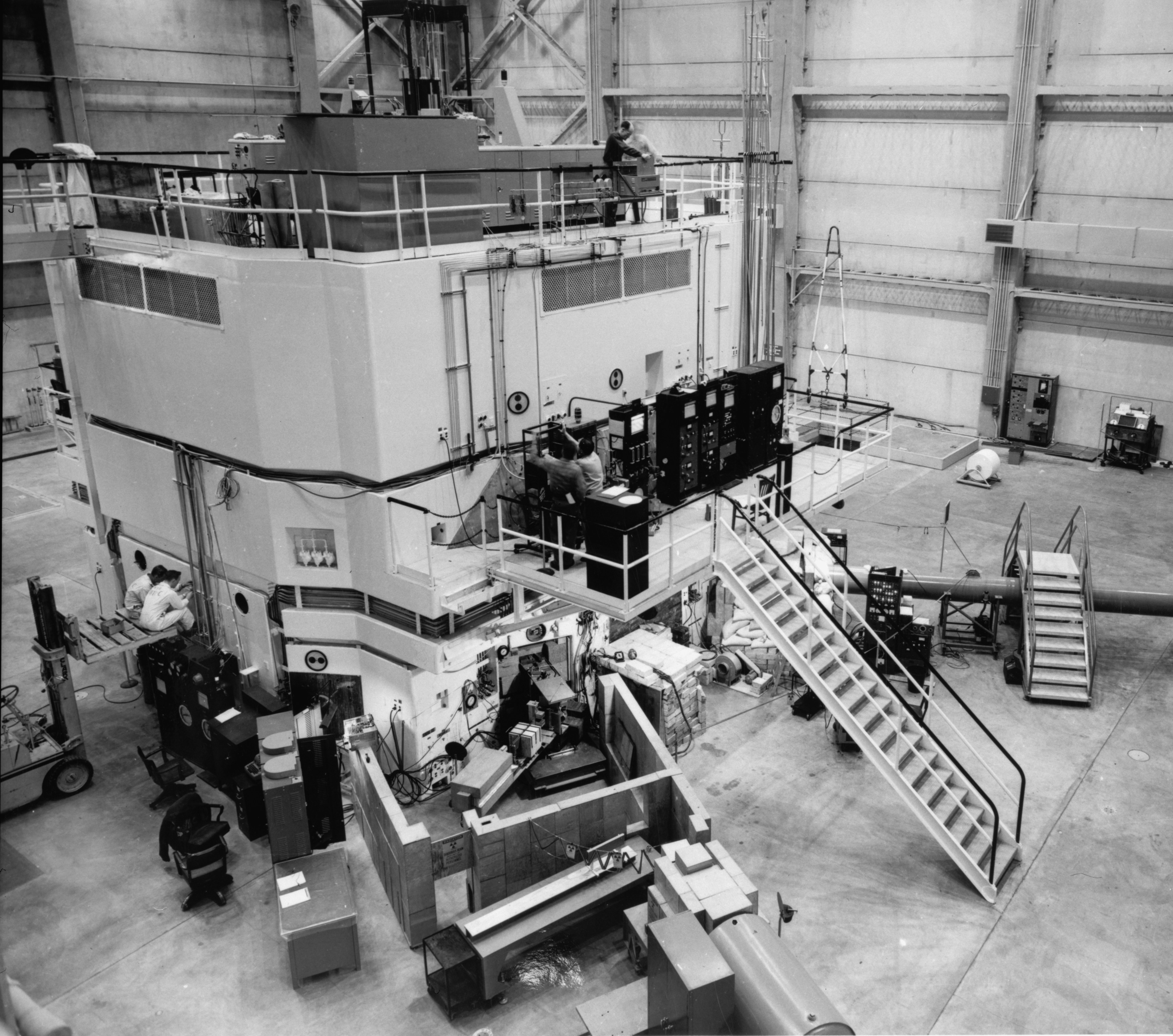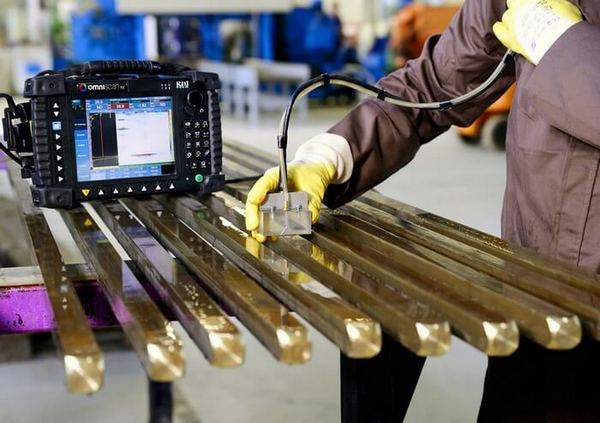Materials Test Lab Solutions: A Comprehensive Technique to Quality Control
Wiki Article
Comprehensive Materials Testing Providers for Quality Control
Detailed materials screening solutions play a pivotal function in achieving this purpose. Material failing analysis permits for a deeper understanding of why materials might not meet the desired criteria, leading to improved high quality control measures. With a expert and meticulous technique, comprehensive materials screening solutions offer indispensable assistance to industries throughout numerous sectors, ensuring the honesty and high quality guarantee of products, materials, and frameworks.Strength and Longevity Evaluating
Stamina and longevity screening is an important action in ensuring the high quality and dependability of products, as it enables the analysis of their capacity to withstand external forces and ecological conditions. This sort of testing is necessary in numerous markets, consisting of building, auto, aerospace, and production.Throughout stamina testing, materials are subjected to different kinds of forces, such as stress, compression, shear, and flexing, to identify their mechanical properties and resistance to deformation. This aids manufacturers recognize just how materials will perform under real-world problems and make notified decisions regarding their viability for certain applications. By gauging criteria like return stamina, ultimate tensile toughness, and modulus of elasticity, engineers can analyze the product's performance and ensure it fulfills the required criteria.

Chemical and Make-up Evaluation
Chemical and composition analysis is a vital facet of products testing, continuing the evaluation from the previous subtopic by taking a look at the elemental makeup and molecular framework of materials. This evaluation provides useful understandings into the chemical properties and structure of a product, which is vital for recognizing its behavior and performance in different applications.One vital aspect of chemical and structure evaluation is the identification and quantification of aspects existing in a product. This details helps figure out the important make-up and purity of the material, ensuring it satisfies the called for criteria and requirements. Additionally, it permits the detection of pollutants or trace components that may affect the material's homes or efficiency.
Moreover, chemical and structure evaluation can provide information about the molecular framework of a product. This consists of the plan and bonding of atoms, which affects the product's chemical and physical properties. By understanding the molecular framework, scientists and engineers can make educated decisions about the viability of the product for certain applications and determine any prospective weaknesses or susceptabilities.
Non-Destructive Examining Techniques

Environmental and Weathering Screening
Environmental and weathering screening plays a critical duty in examining the sturdiness and performance of materials in numerous problems. materials test lab. This kind of testing is essential in determining just how products will withstand direct exposure to various environmental variables, such as temperature level, humidity, UV radiation, and chemicals. By subjecting products to these conditions in a controlled research laboratory setup, producers can gain beneficial understandings into their long-term efficiency and make informed choices about their viability for particular applicationsOne of the essential advantages of ecological and weathering testing is that it enables suppliers to analyze the impact of these factors on the physical, mechanical, and chemical properties of materials. Exposure to high temperatures can create products to increase or agreement, leading to dimensional adjustments and possible failing.

Along with reviewing the durability of products, ecological and weathering testing also helps suppliers follow market requirements and policies. Many sectors, such as vehicle, aerospace, and building, have specific needs for products utilized in their items. By carrying out testing based on these requirements, producers can show the high quality and reliability of their materials, offering clients confidence in their items.
Material Failing Analysis
The evaluation of material failing is an essential part of thorough materials examining services for top quality assurance. Product failing can occur because of different variables such as style defects, producing problems, inappropriate usage or maintenance, and ecological conditions. The function of product failure analysis is to recognize the root cause of the failing and offer understandings for improving the material's efficiency and toughness.Material failure analysis entails a methodical method that consists of aesthetic evaluation, non-destructive screening, and research laboratory screening. Visual evaluation enables the recognition of noticeable signs of failure such as deformations, fractures, or cracks. Non-destructive testing strategies, such as ultrasonic screening or X-ray evaluation, can be utilized to find inner flaws without causing further damage to the material. Research laboratory screening entails performing numerous examinations, such as mechanical screening, chemical evaluation, find more and microstructural analysis, to comprehend the material's homes and qualities.
By examining material failings, manufacturers can recognize weak points in their products and make needed improvements to stop future failures. This aids in making sure the quality and integrity of the products used in numerous markets such as auto, aerospace, building, and from this source electronic devices. Furthermore, product failure analysis plays an essential function in item advancement and top quality control, as it helps in choosing the right materials and maximizing their performance.
Final Thought
In final thought, extensive products testing services are crucial for quality control. These solutions consist of strength and longevity chemical, make-up and screening evaluation, non-destructive screening methods, environmental and weathering testing, and material failure analysis. By using these screening techniques, firms can ensure the quality and dependability of their materials, causing boosted item efficiency and consumer contentment.Material failing evaluation allows for a deeper understanding of why products might not fulfill the wanted criteria, leading to boosted high quality control procedures. With a check it out specialist and careful technique, thorough products testing services provide invaluable support to sectors throughout different industries, guaranteeing the integrity and top quality guarantee of products, frameworks, and products.
The evaluation of product failure is an essential component of detailed materials testing services for quality guarantee. The purpose of product failure evaluation is to recognize the root cause of the failing and provide insights for improving the product's efficiency and durability.
In addition, material failing evaluation plays a vital role in item development and high quality control, as it aids in picking the best materials and optimizing their efficiency.
Report this wiki page